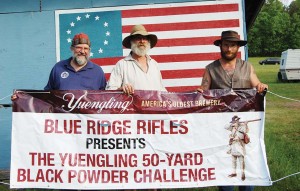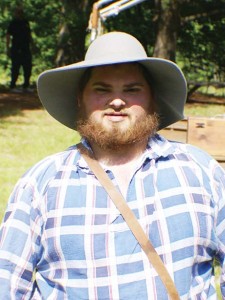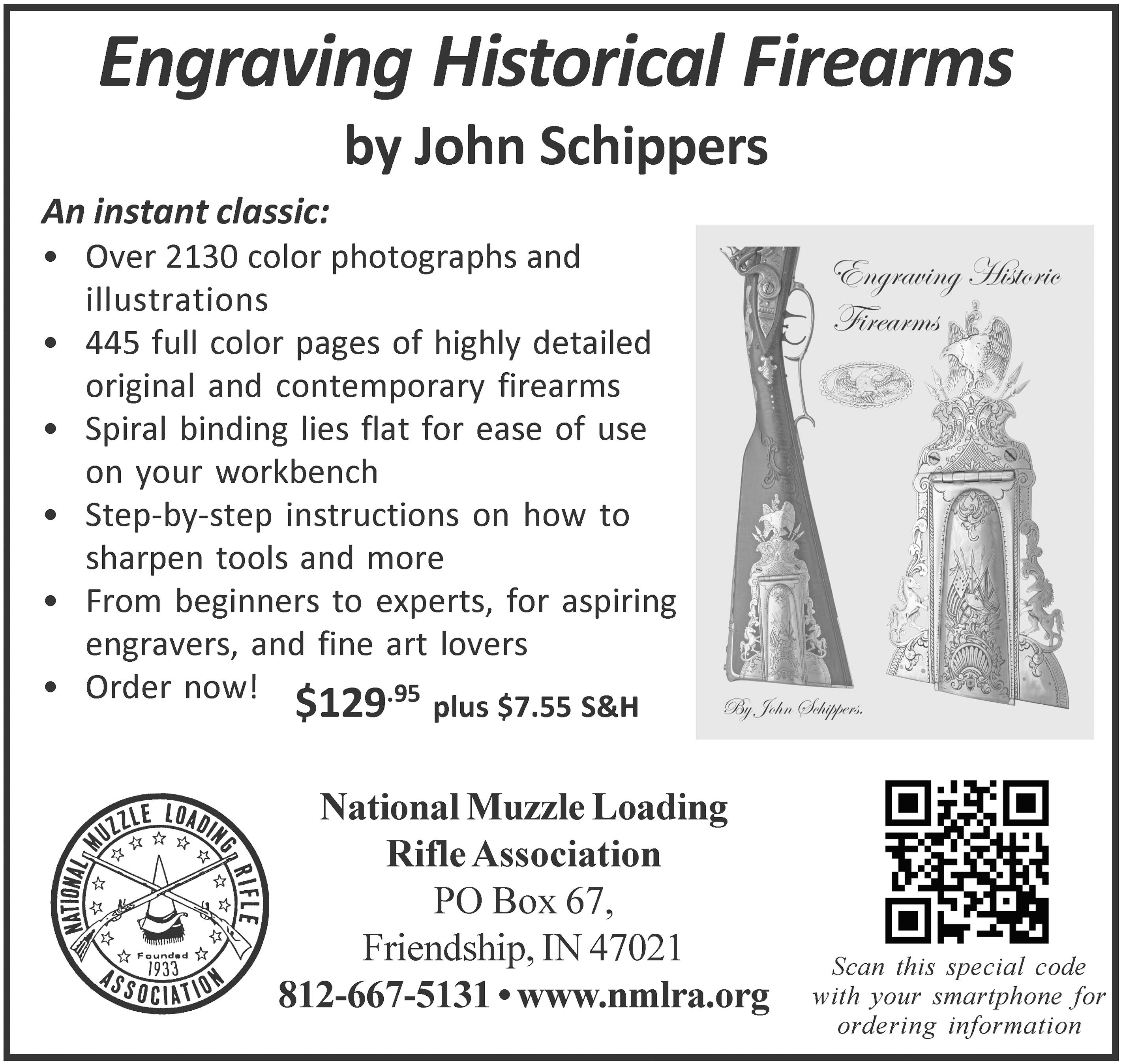by James C. Fulmer | Past President, NMLRA
The Continental Congress, on June 7, 1776, appointed a committee of five that consisted of Benjamin Franklin, John Adams, Roger Sherman, Thomas Jefferson, and Robert Livingston, to explore the drafting of a resolution for the independence of the colonies from Great Britain. They turned to Jefferson to hammer out the first draft. Jefferson protested because Adams was older, better known, and more qualified. Adams in response told Jefferson why he should take up the pen: “Reason first you are a Virginian, and a Virginian ought to appear to be the head of this business. Reason second, I am obnoxious, suspected, and unpopular. You are very much the otherwise. Reason third, you can write ten times better than I can.”
[pullquote align=”left” cite=”” link=”” color=”” class=”” size=””] “Before God, I believe the hour has come. My judgment approves this measure, and my whole heart is in it. All that I have, and all that I am, and all I hope in this life, I am now ready here to stake upon it. And I leave off as I began, that live or die, survive or perish, I am for the Declaration. It is my living sentiment, and by the blessing of God it shall be my dying sentiment.”
—John Adams from a diary entry July 1st, 1776[/pullquote]
Jefferson drafted the Declaration. It took him two weeks to forge the draft with his fellow committee members dropping by from time to offer support and suggestions. On July 2, 1776, Congress voted for independence and proceeded to debate the wording of the Declaration. The formal Declaration would be debated by the Congress and they would delete 630 words and add 146, leaving the final text at 1,322 words. It was unanimously approved on the evening of July 4th, 1776.
The Declaration of Independence is the founding document that forms this nation. All men are created free and equal, possessing the same inherent, natural rights. When you read the Declaration its meaning transcends the test of time and circumstances.
This 4th of July give a copy of the Declaration of Independence to your friends, neighbors, children or grandchildren. Not the long hand copy of Thomas Jefferson’s, but go to the Internet and print off a copy in big print so your old and young friends can read it and understand the words. What was written 239 years ago means the same as it will 239 years into the future. The words are plain – the meaning is clear.
When the 200th anniversary of our country was celebrated in 1976 many muzzleloading clubs were formed. Some clubs were formed for a specific reason for the celebration of the Bicentennial. Revolutionary War units are some of the first thoughts that come to mind. The Civil War Centennial had already come and gone in 1961-1965. Many reenacting units where formed to replay the battles of the American Civil War and the American Revolution. From these reenacting units many live fire clubs emerged and people wanted to see what they could do to replicate the famous shots from that time period. The Brigade of the American Revolution holds live fire matches with flintlock rifle and flintlock smoothbore muskets. People shooting live fire Civil War firearms would start the North-South Skirmish Association. Both of these groups were started in the early 1960s.

Winners of the Yuengling 50-yard Black Powder Challenge, left to right: James Fulmer, Ken Millburne, and Steve Rissler. Photo by Betty Dietz
But there was another group forming another movement—the rendezvous movement started. The rendezvous was based on the fur trade time period of our country. The time line was set at pre-1840, which was the age of the fur trade, exploration, and discovery. It was the time period when the flintlock was starting to be replaced with the percussion muzzleloader. Hawken half stock rifles were available in both flint and percussion. Muzzleloading clubs sprung up from California to Maine reenacting the fur trade and the life and times of the rendezvous. The words “Free Trapper” fit the thousands of people who took to it and still do rendezvous events today. People who attend rendezvous are people who don’t fit into the rank and file of organized groups, but love the lifestyle, the camping, the knife and tomahawk, muzzleloading rifles, the primitive archery, and the smell of the campfire which goes along with these events. Rendezvous were open to everybody and they grew. At Rendezvous you can find the generic mountain man, who goes to enjoy himself and doesn’t care if his different clothing and firearm doesn’t go together—it is all pre-1840. Then you have others at this event who are perfect in firearms and accoutrements for their time period. The Rendezvous by far became the largest group of living history re-enactors who shoot muzzleloaders.
All of the above groups mentioned have played a big part in the rebirth and use of muzzleloading firearms. Some of the national groups are now over 50 years old and have been doing the sport a long time. Blue Ridge Rifles, Inc. is a club which is based on Rendezvous and they will be celebrating their 40th year in 2016. They have had their share of ups and downs, but right now they have a large group of young people starting to work the ranges and also their children are coming into the sport.
Ryan Kresge is an example of one of these young people. He is Blue Ridge Rifles Chief Range Officer. He works hard along with everybody else who belongs to the club to make the rendezvous fun. It’s one of the many clubs that sprang up across the country during the Bicentennial. You will see in the next few years many clubs celebrating their 40th, 45th, and 50th anniversaries.
The National Muzzle Loading Rifle Association is still the largest and oldest muzzleloading organization in the world. We were founded in 1933 and every group can trace their lineage to the NMLRA. The NMLRA has always been there to lead the way in muzzleloading. It is the NMLRA who has Muzzle Blasts—the oldest muzzleloading magazine in the world. It is the NMLRA who keeps the North American muzzleloading big game records program through the Longhunter Society’s Big Game Record Book. It is the NMLRA who holds three national shoots every year, two at Friendship, IN, and one in Phoenix, AZ. It is the NMLRA who sponsors Territorial matches across the nation. It is the NMLRA who spoke at the United Nations in the defense of muzzleloading firearms, both antique and contemporary, during the “Small Arms and Light Weapons Agreement.”
This July go to the NMLRA.org website and reacquaint yourself with the NMLRA. If you are in the area of the Walter Cline Range in Friendship, IN, stop by on July 11 and 12 and see the NMLRA Youth Shoot (or better yet, participate!). Here you will see young people introduced to the shooting sport—not just with muzzleloaders, but with .22 caliber firearms, air rifles, and modern shotguns. Young people are the future and they will need to be exposed not just to the Declaration of Independence or shooting a firearm once a year in July, but to shooting as a way of life. Teaching our youth what our forefathers knew is the only way to save the future.





